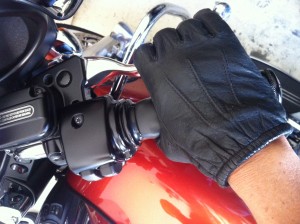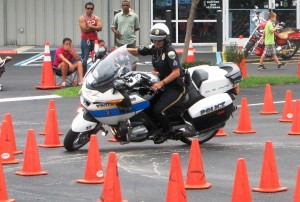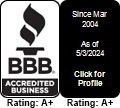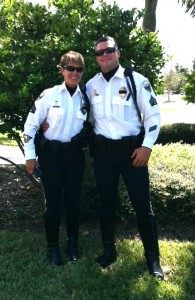
Motor Officer Michelle with riding partner Motor Officer Mike Christiansen
Motorcycle Accident Lawyer Blog Feature: Riding safe with Motor Officer Michelle
Motor Officer Michelle is a woman rider who’s occupation demands expert riding skills, physical and mental strength and someone who I knew would have good riding tips to share.
I first inquired about her training, and she told me, “To become a motor officer you have to complete the basic 80-hour course. This class was the physically and mentally challenging however, very rewarding in the end.”
She then shared, “I have competed in many motorcycle skills competitions and I learn something from each competition. I am very fortunate that my department is very supportive in regards to advanced motor training. In 2011, I received my certification as a Police Motorcycle Instructor. I am by no means perfect but I do consider myself a very good motorcycle rider because I train hard and never give up. We dedicate one day every month to training on the track. This training involves high liability maneuvers along with the basic course and competition exercises.
Motorcycle Rider Tips:
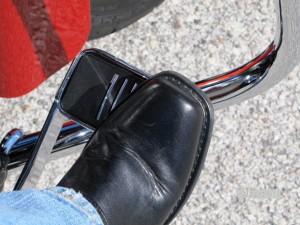
Maximum Threshold Braking
1. Let me start by talking about the most important aspect of being a safe rider. I am referring to Maximum Threshold Braking. The front brake applied properly should achieve about 70% braking while the rear brake should achieve about 30% give or take. Some say it’s 60/40 but who knows who cares.
What you should know is that you should NEVER EVER snatch the front brake. You should think of it as more of a controlled firm squeeze.
I have small hands so I always keep my hands towards the end of the grips, which allows ALL of my fingers to cover the entire brake and clutch lever. You have more control over the levers if your fingers cover the entire surface.
When applying the rear brake your right foot should NOT cover the entire brake and should only cover about 1/4 of the outside of the brake pad. The proper right foot placement will hopefully prevent you from jamming on the rear brake.
The front brake and rear brake at the same time. Squeeze the front brake firmly while putting the edge of your foot on the rear brake. As you are applying the front brake the front forks will load and the front of the bike will dip down causing your body to push forward naturally causing your foot to push down on the rear brake. And don’t forget to downshift – If this technique is done correctly you should achieve Maximum Threshold Braking and come to a safe quick stop. Remember to ONLY practice while riding in a straight line while your bike is straight up.
If you must brake in a curve make sure that you get your bike straight up before braking.
THE ABOVE TECHNIQUE SHOULD ONLY BE PRACTICED IN A CONTROLLED ENVIRONMENT WITH TRAINED INSTRUCTORS. I SUGGEST TAKING AN ADVANCED RIDING CLASS.
Ride Safe, Motor Officer Michelle
Continuing education, ongoing training or even a simple reminder of a riding technique basic could keep you riding safe in the saddle for many years down the road.
Ride smart, ride well, ride often.
Ride ON!
Brenda Fox
Russ Brown Motorcycle Attorneys®, fighting for injured motorcyclists hurt in biker accidents for over thirty years. Motorcycle Lawyer Russ Brown believed in helping riders on the road and in the courtroom so he created BAM, free breakdown and legal assistance for motorcyclists. This rider helping rider program has close to 2 million members and is available to motorcyclists 24 hours a day, 7 days a week. If you have been injured in a motorcycle accident you need an experienced motorcycle accident lawyer. Call Russ Brown Motorcycle Attorneys® and get a top biker lawyer on your side today.
